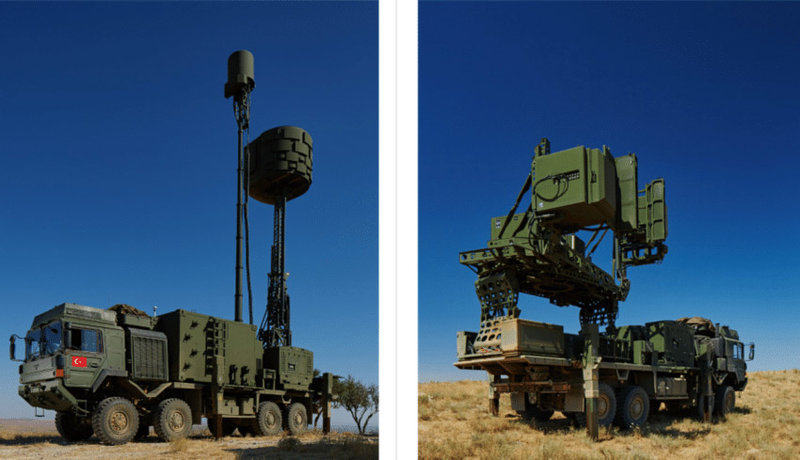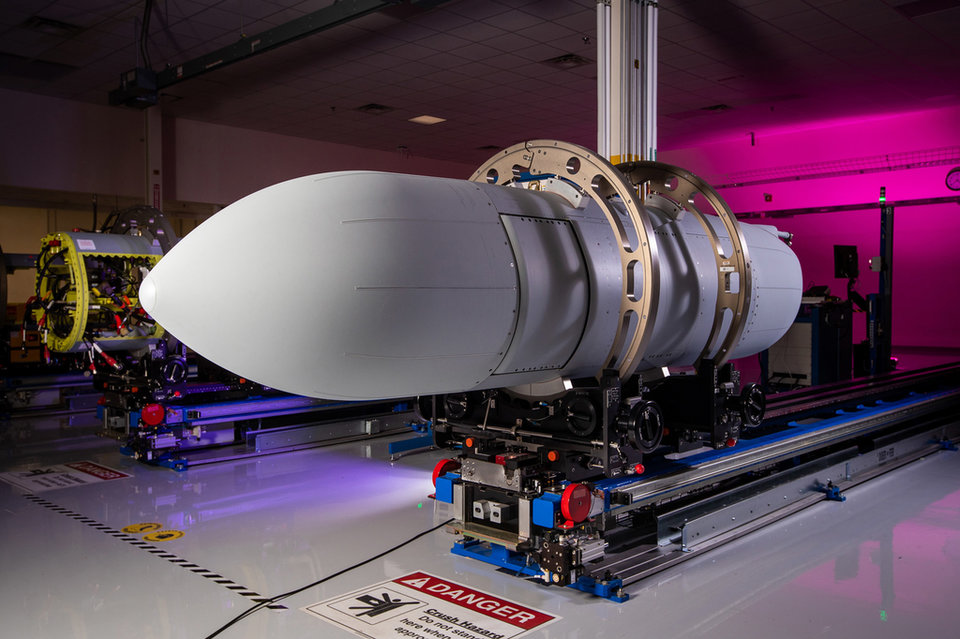Electronic warfare
Electronic warfare fuels drone capabilities
Uncrewed aerial systems are being used by armed forces and non-state actors alike. Even the smallest commercial drones can be weaponised and cause devastating harm. As their use proliferates the battlespace, finding ways to combat them is a high priority. Norbert Neumann looks at the secret powerhouse behind drones and some ways militaries aim to counter them.
Autonomous and remotely operated vehicles are heavily reliant on electronic communications and systems. As the number of tasks transferred to uncrewed systems increases, the need for the advancement of counter-uncrewed aerial systems (UAS) and electronic warfare (EW) solutions to combat them also rises.
Turkey is second in the world in terms of the number of drone strikes it carries out, behind only the US, and it is the largest manufacturer of uncrewed aerial vehicles (UAVs). But Qatar University researcher Dr Ali Bakir says while attention is on the drones, EW capabilities play a larger role in the success of uncrewed operations.
“Although Turkey’s unmanned aerial combat vehicles (UACVs) have been making headlines in the last few years, the KORAL has been the invisible power behind their success,” Bakir writes in a Royal United Services Institute blog post.
KORAL is a land-based radar EW system designed and produced by Turkish defence manufacturer Aselsan. The electronic defence / electronic attack system is composed of two trucks and is designed to jam and deceive conventional and complex types of hostile radar and analyses multiple target signals in a wide frequency range.
KORAL provides electronic support operations for conducting intelligence, surveillance and reconnaissance, but it also attacks operations to degrade, neutralise or destroy adversary combat capabilities. Turkey demonstrated the significance of such an EW capability by winning wars solely with uncrewed systems in Syria, Libya and Azerbaijan since 2016.
Learn from the enemy
Turkey’s claims of successfully using its drone and EW capabilities prompted discussions about how the battlefield is changing. Defence experts began calling for close observation of Ankara’s efforts to prepare for a potential new age of automated wars.
UK Defence Secretary ben Wallace said during the Royal Air Force’s online Air and Space Power Conference: “We need to look at the lessons of others. Look how Turkey has been operating in Libya where it has used Bayraktar TB-2 UAVs since mid-2019. Those UAVs have conducted intelligence, surveillance and reconnaissance and targeting operations against frontlines, supply lines and logistics bases.”
Russia followed up on this notion and began working on its counter-UAV game, including developing concepts, techniques and procedures. As with many other Russian systems, the country’s engagement in the Syrian conflict since 2015 provided real-world experience it could draw upon.
Besides working on drone-killer UAV concepts, most major Russian drills today involve EW training against adversary drone systems. These most often include the testing of Borisoglebsk 2 MT-LB and R-330Zh Zhitel ground vehicle EW systems.
In other counter-UAV exercises, Russia deployed the Silok-01 R-934BMV automated jamming station and the Pole-21 advanced radio suppression system. Both of these capabilities can detect and render UAS useless by tapping into their communications and suppressing their control channels.

// KORAL Turkish electronic warfare vehicle. Credit: Aselsan
A move toward compatibility
NATO began trialling the UK-produced Sensing for Asset Protection with Integrated Electronic Networked Technology (SAPIENT) counter-drone solution at the beginning of 2022. The system was developed by the Defence Science and Technology Laboratory (Dstl) and support agency Innovate UK.
SAPIENT is an open software architecture that helps sensors, interfaces and decision-making modules work together with little or no software engineering. It can also improve efficiency through the use of autonomy. The UK Ministry of Defence has adopted SAPIENT as its standard for counter-UAS technologies.
NATO also recognises the surge in malevolent uses of UAVs, and it seeks to develop capabilities to counter them. The alliance began testing various systems under the counter-uncrewed air system technical interoperability exercise (C-UAS TIE 21) at the end of last year. During the trials, SAPIENT’s Interface Control Document proved to be a successful candidate draft standard for counter-drone systems.
“It enabled more than 70 connections between counter-uncrewed aerial systems and command and control (C2) systems. It also facilitated 17 advanced autonomous sensor modules from different vendors to connect to seven decision-making modules,” Dstl said at the time.
Whereas SAPIENT is not a counter-UAV system per se, it provides a common standard for interface sensing, effector, fusion and C2 elements. Following C-UAS TIE 21, many suppliers of counter-UAS technology adopted SAPIENT as a standard, which aids NATO’s compatibility aspirations.
Dstl project technical authority for counter-UAS systems David Lugton said in a statement: “The widespread voluntary adoption of SAPIENT by industry across NATO was highly impressive, paves the way to an open commercial market of SAPIENT compliant C-UAS components and places the architecture as a crucial enabler as the demand for rapid C-UAS interoperability increases across the NATO nations.”
It starts with physical security, system isolation and reducing attack surface that adversaries can touch.

// NGJ-MB is built with an open, modular architecture which can accomodate rapid upgrades.
Control the spectrum
Sensor and cyber service developer Raytheon Intelligence & Space’s Next-Generation Jammer Mid-Band (NGJ-MB) system is an advanced electronic attack system that denies, disrupts and degrades enemy technology including communication tools and air-defence systems.
The NGJ-MB programme is currently in the production and deployment phase after successfully completing Milestone C for the US Navy. The jammer system is set to be used on the EA-18G Growler aircraft by 2022.
Writing about the capabilities of the system, Raytheon Intelligence & Space said: “It uses agile [active electronically scanned array] antenna technology and an all-digital back end. It also has digital and software-based tech embedded in the design, which increases the ability to jam and allows for rapid beam steering and advanced jammer modulation.”
This allows the NGJ-MB to operate from increased ranges, to attack multiple targets simultaneously and to use advanced jamming techniques.
The company does not advertise the system as a specific counter-UAS system, but since UAS heavily depend on the bands the NGJ-MB can disrupt, there is little doubt the NGJ-MB will prove to be an effective tool in combating uncrewed threats.
// Main image: Autonomous and remotely operated vehicles are heavily reliant on electronic communications and systems. Credit: Sibsky2016 / Shutterstock.com